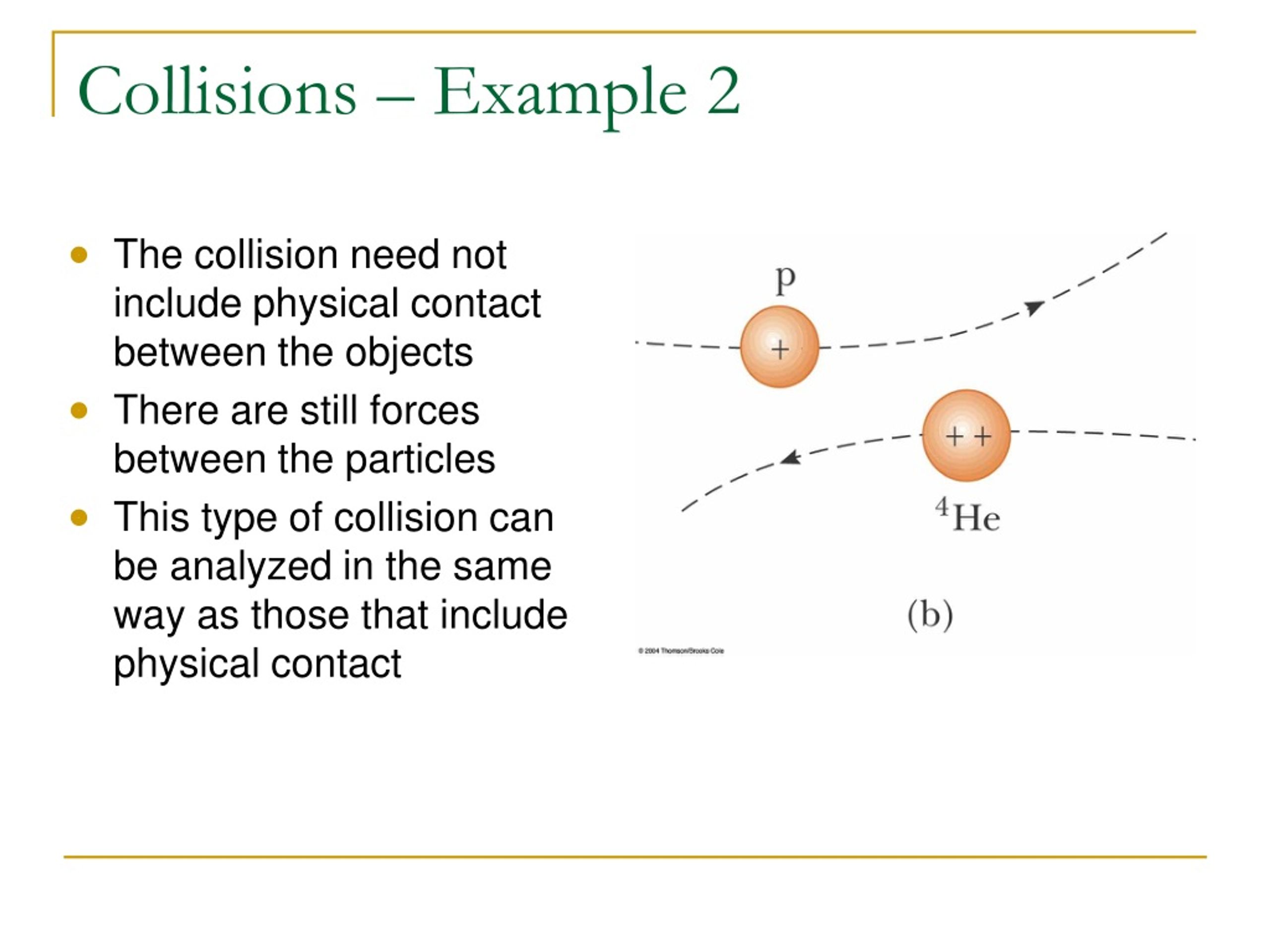

The Pierrots were around during the period of the First World War.
#Collision montage definition series
What if the theatre event is effectively a series of turns but they are all thematically interconnected, like in Oh What A Lovely War?Īnd the Pierrot show, which she obviously used in Oh What A Lovely War, that again is part of that popular seaside tradition. Whereas in Music Hall and variety they were individual turns she kind of flips that idea around. There is something in the format of Music Hall and variety, a series of turns, that is quite theatrically effective. What happens when you have lots of things happening on the stage at the same time? Or that idea of the collision montage in terms of Oh What A Lovely War. As well as literally being about variety. There was a relationship between the stage and the audience, a back and forth, that goes on in those forms. NH: The Music Hall was seen as an authentic working class, popular cultural form by Littlewood, that is why she warmed to it. PC: How did the popular tradition of variety and the Music Hall influence Littlewood’s work, specifically in Oh What a Lovely War? So improvisation was important for those things. Rather than just regurgitating what had happened the night before and the night before that. So she gave Barbara something to deal with in the moment of performance just to constantly keep things fresh and alive and in the moment of performance. An example of that from Oh What A Lovely War, is a rugby team that had taken a block booking and she organised for them to walk on stage when Barbara Windsor sang the We’ll Make A Man Of You song. Sometimes she wouldn’t even tell the rest of the actors on stage, she would give somebody an instruction to do something completely new, which would make the other performers have to respond to this new piece of action that was going on. She wanted to keep a frisson going in the actual performances: she would invite moments of improvisation just to shift things up a bit. One of the differences with the majority of the theatres of the day was that you rehearsed something, you blocked it, you set it, and then it was about repeating that night after night, after night. NH: In performance it was used to try and keep things sharp and alive. PC: Did the spirit of improvisation spill over into performance? It was an organic process that evolved until the scenes were relatively set. Did they have a writer working alongside. PC: And how did they logistically make sure that they repeated things. They’d see something that was interesting and follow that. She’d go and do lots of reading, bring source material in, she would give the company particular areas to research: maybe a particular battle or a particular period in the war or a particular figure like Hague or Marshall and people would then bring that material into the rehearsal room.


NH: The research process was quite academically orientated although she didn’t necessarily like academics. PC: So how did she control her approach to making the work? She kept herself in the moment of creating. She was just making it up as she went along. She kept notebooks in the early period that I have seen but there is nothing from the later periods at all. It wasn’t a formalised process at all, there was no document. There are various interviews with people who worked on the show. NH: There aren’t records of the process but there are people who worked on the show. How do we devise from this material to make this work? Improvisation was used as a way to devise from that material. So there was lots of documentary material that they were trying to work their way from, to find the best way of articulating it on the stage.
#Collision montage definition tv
Lots of books were coming out about the First World War, a TV documentary had been on about it as well. They worked with lots of research: materials would have been brought in. NH: Improvisation was used to generate the material. PC: Let’s return to her most famous production: Oh What a Lovely War. The relationship between actor and audience in theory and practice.Significant moments in the development of theory and practice.Social, cultural, political and historical context.Methods of creating, developing, rehearsing and performing.Connections to the GCSE, AS and A level specifications


 0 kommentar(er)
0 kommentar(er)
